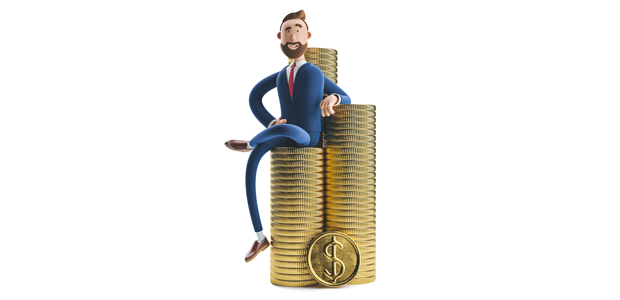
"How do I best preserve cashflow?"
In any business, at any time, cash is king and cashflow is much more important than turnover, and in the short term it can often even be more important than profit. If turnover is vanity and profit is sanity, then cash flow should be regarded as stark reality.
Over the years I have often overheard questions about how to best preserve cashflow and in these very unusual times that thought is, or at least should be, at the very forefront of every business owners mind.
You do not need to be an accountant to understand that the balance sheet details a company’s assets and liabilities, the profit and loss account details income and expenditure and what is left at the end, and the cashflow statement summarizes the amount of cash and cash equivalents entering and leaving a company.
Banks use two different ratios when analysing a company’s ability to meet its short term financial obligations and thereby the short term strength of the business. The first, and more generally applied, is the Liquidity Ratio; this measures how much cash and other liquid assets that a business has and can be easily be turned into cash within one year and are available to pay short term liabilities due within a year. The second, and more stringent, is the Acid Test or Quick Ratio; this compares a company's most short-term assets to its most short-term liabilities to see if a company has enough cash to pay its immediate liabilities, such as bills and short-term debt. This ratio disregards current assets that might be difficult to liquidate very quickly such as stock. I mention these ratios as it highlights how importantly banks and other analysts view cashflow.
One last piece of explanation about two different types of cost that any business has. These are of course fixed costs and variable costs. Fixed costs are those costs such as rent, rates, salaries, loan repayments, and other such costs that must be made irrespective of whether you actually sell anything that week or month. Variable costs are those costs such as raw materials, energy consumption and other such direct inputs that are more directly linked to the production of your product. That is, if your business increases or decreases production then variable costs increase or decrease proportionally. Over a longer period, all fixed costs are variable when a company scales up or reduces the size of its operations, for example when they move to larger offices or close a factory.
With this knowledge, and that of your own business, it becomes much more obvious how best to preserve cash flow. In an ideal world this means managing to obtain long payment terms from your supplies and for raw materials, whilst being able to sell your products or services for cash, so leading to having a positive cash flow. Sadly for most small businesses, this ideal position is not always achievable and so preserving cashflow typically comes down to utilising as many of the following as you can:
- Obtain payment terms that are as long as possible and do not actually pay until necessary
- Encourage buyers to pay you as soon as possible, even by offering some form of incentive
- Try not to incur costs until you actually need to, by adopting policies such as ordering raw materials as late as feasible - but don’t forget to always allow for some delay as otherwise this can damage your business
- Any business that is expanding is always cash hungry, so in really tough times cash can be preserved by not expanding in any way
- Put off taking on any new staff until a later stage and not immediately replacing any staff that leave
- Again, in very lean times it is possible to reduce stocks or levels of production and this frees up cash
In these unusual times, the question of ‘how do I best preserve cashflow?’ has taken on a totally new and urgent meaning for so many businesses, especially early stage ones. Those with lower debts, lower fixed costs, and that are more able to best preserve their cashflow are the companies that will survive best and will come out of the ‘coronavirus spring’ in the best shape to take on new challenges in the future.

